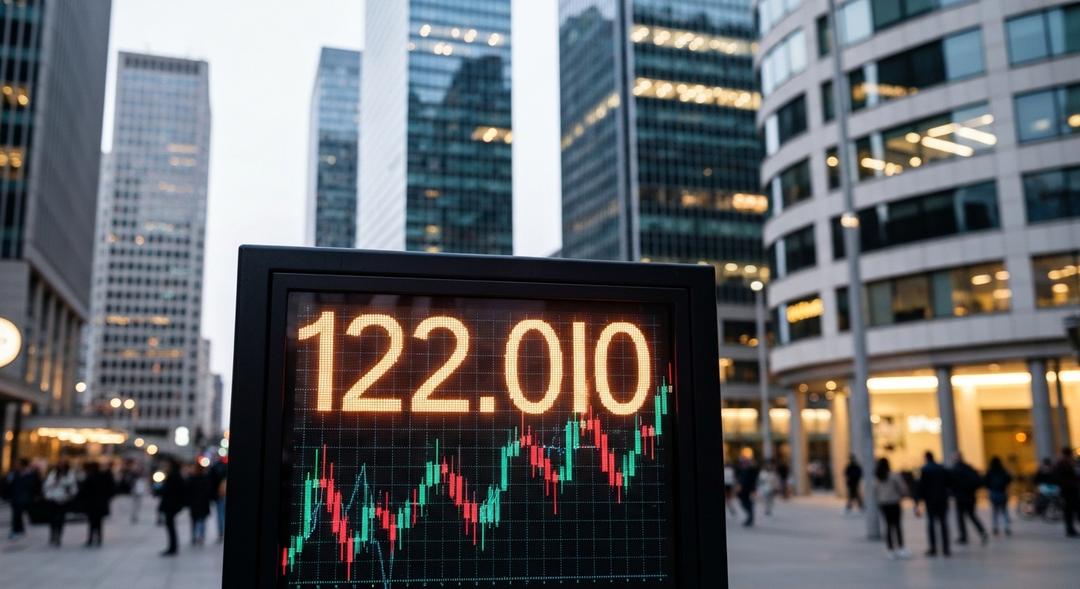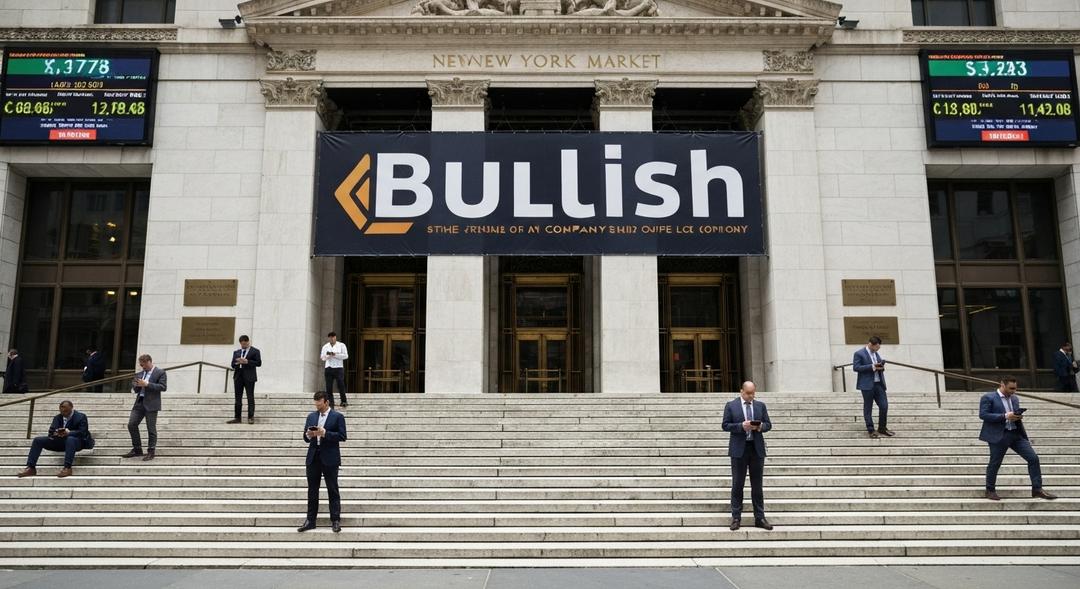Bitcoin posted a striking rebound last week to the surprise of many.
The leading digital currency bounced back from losses that had seen its price fall below $114,000, stabilizing above $121,000 after a period of market turbulence.
Analysts at Glassnode have characterized this movement as a shift away from continuous selling and exhaustion to a swift resurgence aligned with Bitcoin approaching its recent record highs.
A notable aspect of this price recovery is the limited participation seen in the spot market, with overall trading volumes dropping considerably.
The latest data indicate a 22 percent decrease in spot trading volumes, hitting $5.7 billion, a figure close to the historical low band for the asset.
This suggests that the rally itself is less about strong buying across a broad base of investors, and more due to a change in positioning among a select group of participants.
The buy pressure has certainly increased, as signaled by metrics such as the Spot Cumulative Volume Delta, which shows a sharp lean toward buyers.
Still, the enthusiasm has not spread far and wide among all types of traders, highlighting a cautious tone within the current market.
On derivative markets, leveraged traders have moved in force, reigniting trading activity and speculation among those seeking amplified returns.
According to Glassnode’s findings, measures like the Perpetual Cumulative Volume Delta have risen by more than 80 percent.
Funding rates remain high, indicating the costs to maintain long positions are still substantial, while options open interest has expanded by nearly 7 percent, reaching $42.4 billion.
At the same time, the cost for hedging against volatility has fallen by about a third, pointing to a more settled mood among traders.
This drop in expected market swings sometimes precedes major price moves, so many market watchers remain alert.
A key element shaping the mood among Bitcoin investors is the flow of funds into spot bitcoin exchange traded funds.
Recent figures show outflows from US listed spot bitcoin ETFs have diminished substantially, falling to $311 million from over $680 million the week before.
However, ETF trading volumes remain subdued, down nearly 28 percent, keeping overall activity fairly low even as the pressure from fund withdrawals ease.
Market observers say the rise in Bitcoin over the weekend is partly the result of thin order books and a general appetite for risk across global markets.
QCP Capital described the recent rally as unfolding during quieter trading sessions, with the increase in value aligning with a rebound in US equities and a growing sense of anticipation for a possible rate cut by the Federal Reserve in September.
On-chain statistics, which measure blockchain activity directly, reveal greater engagement recently.
The number of active addresses jumped more than 8 percent to 793,000, and fee volumes rose by 10 percent, reflecting heightened usage and willingness to spend on transactions.
Despite these encouraging signals, Glassnode warns that high levels of realized profit can trigger new waves of selling, should investors sense a reversal approaching.
At the moment, more than 94 percent of Bitcoin supply is in profit, and the profit-to-loss ratio has climbed to nearly 2, numbers which in the past have signaled increased risk of selling episodes.
All of these trends—the thin liquidity, the aggressive posturing in derivatives, and the optimism related to macroeconomic policy—suggest that Bitcoin remains poised for dramatic movements.
A key test for this momentum may soon come with the release of the latest Consumer Price Index data in the United States, which many traders expect will play a crucial role in setting short term direction for both the dollar and digital assets.
On markets where traders can bet on future events, expectations point to only modest changes in inflation, which would probably keep Bitcoin consolidating at these levels in the near term.
In contrast, a figure above forecasts would likely hold back further gains and possibly spur new selloffs if investors think a Federal Reserve rate cut is being postponed.
On the other hand, any softer inflation reading could serve as a catalyst for a breakout, especially if spot ETF flows and onchain activity rise in sync.
Among related stories, Ethereum is showing strength, aided by greater capacity on its network and lower costs for decentralized finance activity.
Gold prices have lost momentum as demand for safe havens wanes, though future central bank moves may yet play a role in its direction.
Equity markets in Asia saw gains, with Japan’s Nikkei 225 posting a record and investors awaiting new monetary policy signals from central banks.
The S&P 500 in the United States eased back marginally as major investment banks lifted their forecasts for year-end levels, buoyed by steady earnings and lower policy risks.
For new investors looking to tap into the digital asset market, an alternative route is becoming increasingly attractive— cloud mining.
Those looking to participate without the technical complexity can simply Start Cloud Mining and access potential rewards without needing to run dedicated hardware or navigate exchanges directly.
Conclusion
Bitcoin’s sudden rebound highlights the impact that low liquidity and shifting market sentiment can have on pricing. While current conditions suggest potential for swift moves in either direction, the next major catalyst will likely come from key economic data releases, especially crucial US inflation figures.
Whether this upswing can hold depends not only on macroeconomic cues and inflows to ETFs, but also on the willingness of participants to stay engaged as profits rise. For now, attention remains fixed on market signals and coming policy decisions that could shape the path for both digital assets and broader financial markets.

Ewan’s fascination with cryptocurrency started through his curiosity about innovative technologies reshaping the financial world. Over the past four years, he has specialized in cloud mining and crypto asset management, diving deep into mining contracts, profitability analysis, and emerging trends. Ewan is dedicated to helping readers understand the technical and economic aspects of crypto mining, making complex information accessible and actionable.




